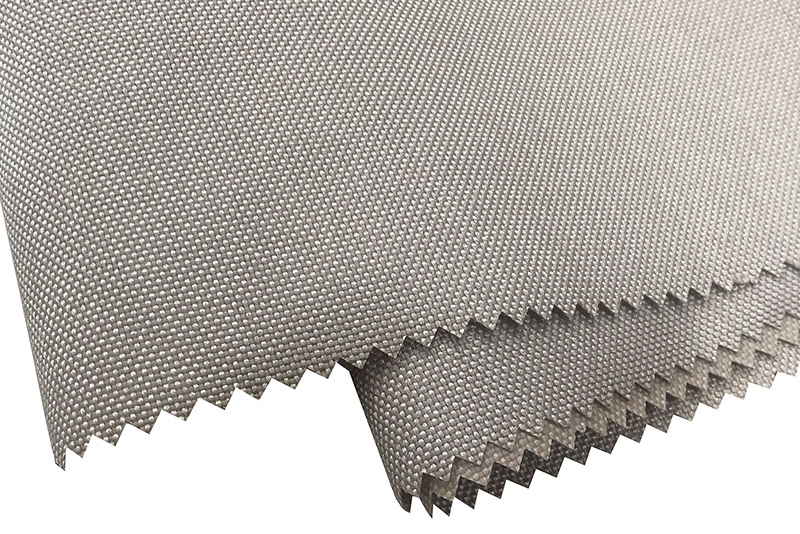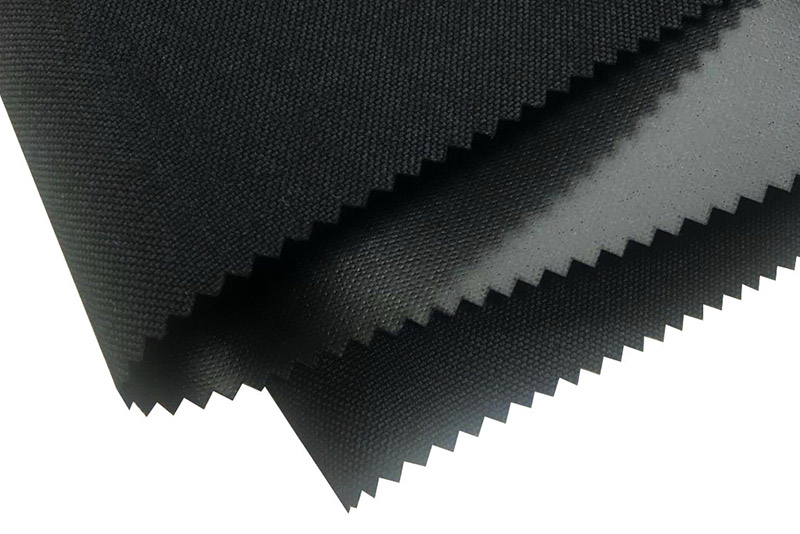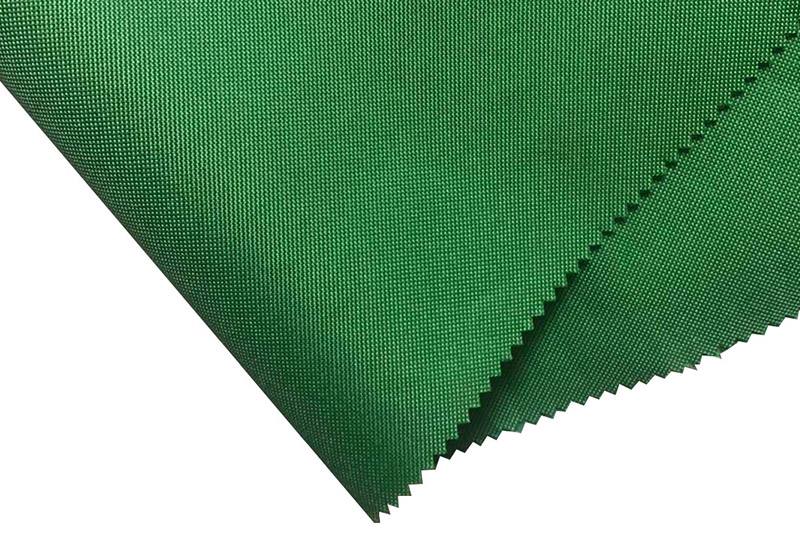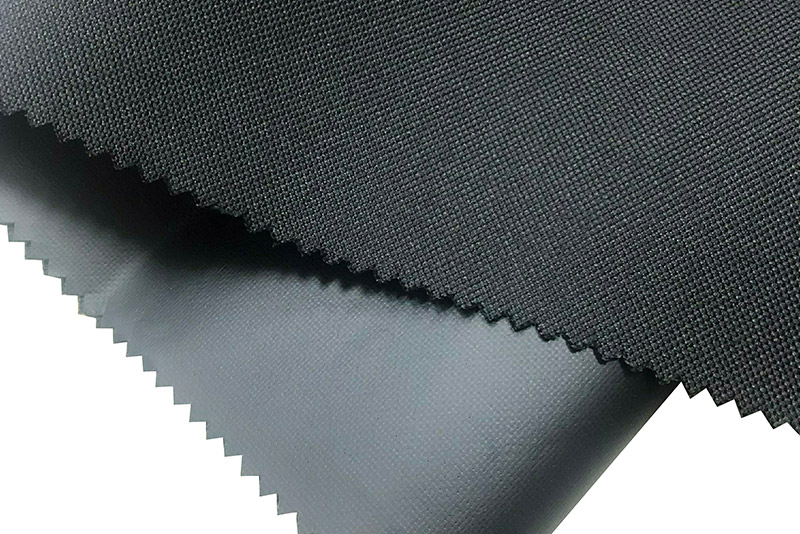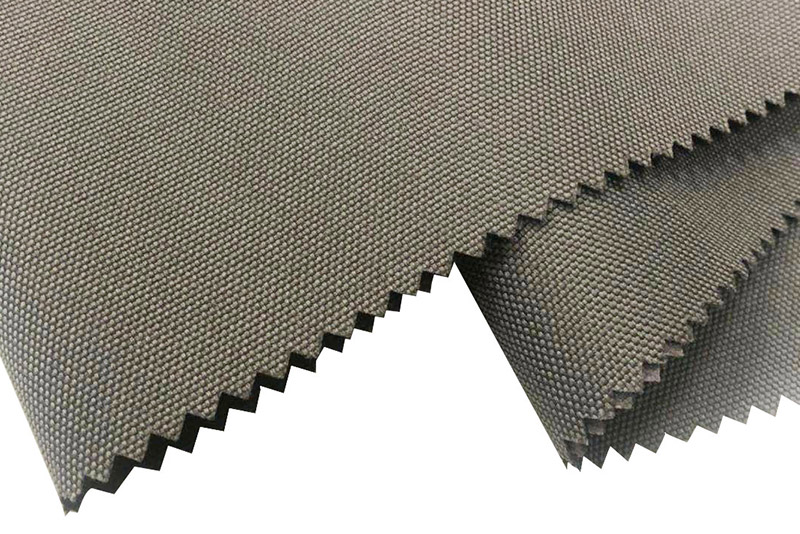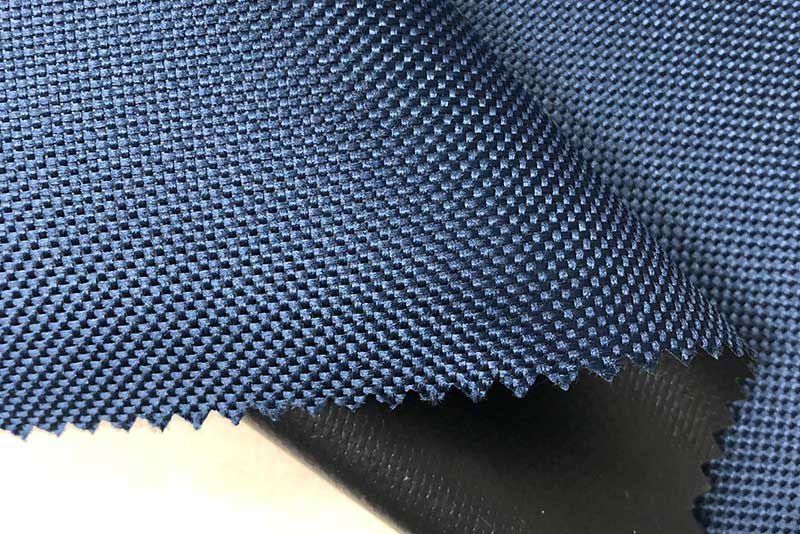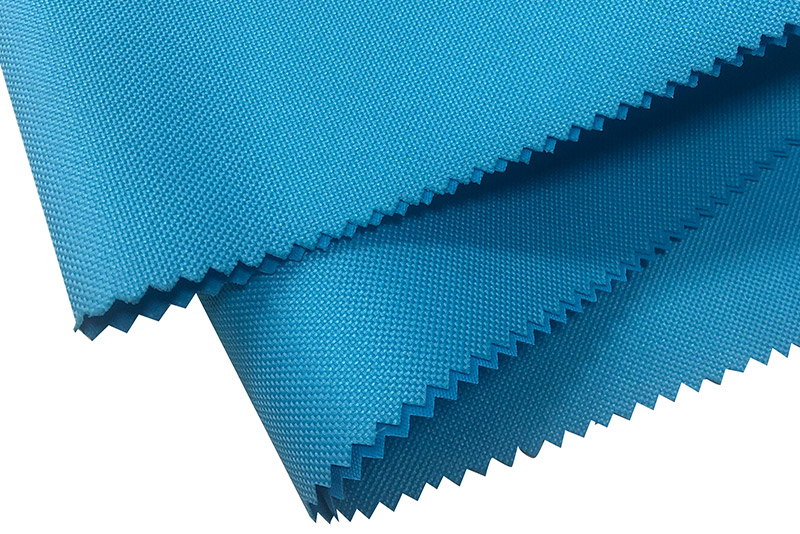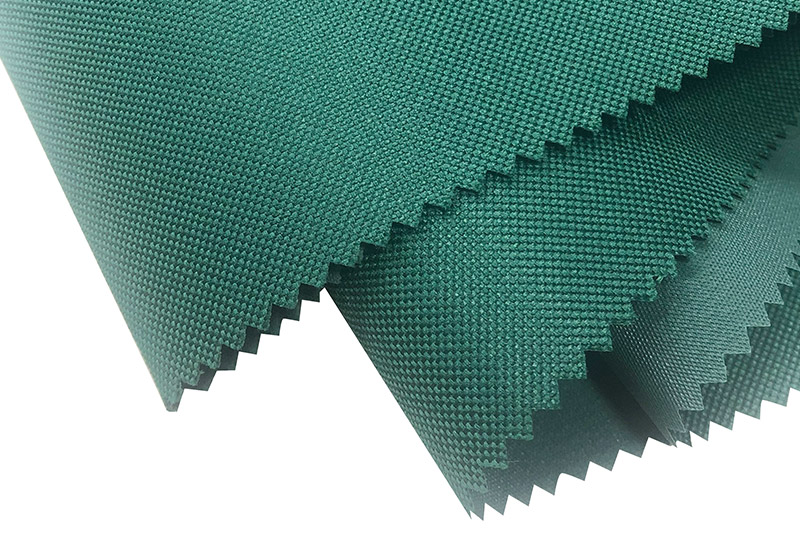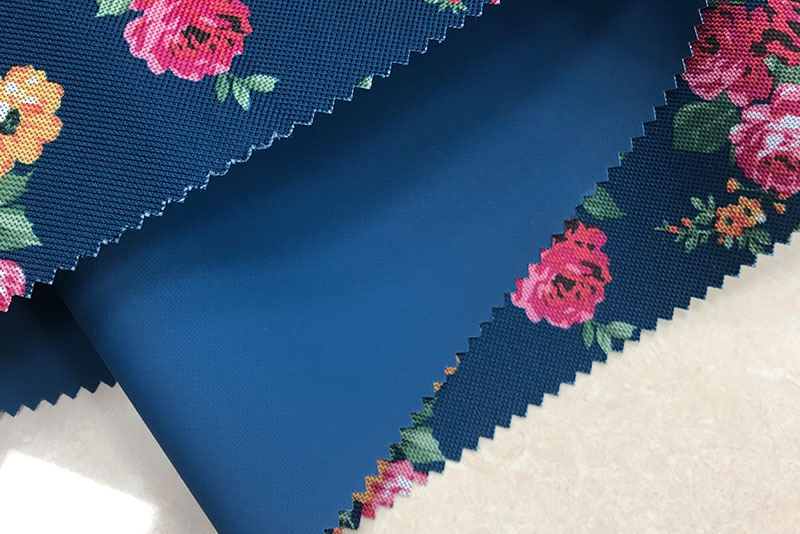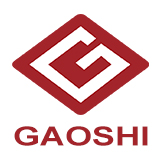In the textile and fashion industries, Oxford fabric has long been recognized as one of the most versatile and durable woven materials. Its balance of strength, comfort, and affordability has made it a preferred choice for products ranging from shirts to luggage. Within this category, however, a specific variety—Jacquard Oxford fabric—has gained attention for its distinctive appearance, unique weaving technique, and expanded applications. While both regular Oxford fabric and Jacquard Oxford fabric share a common foundation, their differences in structure, design, and performance make them suitable for very different uses.
This article explores the key features that distinguish Jacquard Oxford fabric from regular Oxford fabric, examining their weaving techniques, aesthetics, durability, applications, and market value.
1. Understanding Regular Oxford Fabric
Oxford fabric originated in Scotland during the 19th century and was named after the prestigious Oxford University. It was initially developed as a lightweight, breathable fabric for dress shirts but quickly expanded into broader applications due to its durability and easy-care qualities.
Characteristics of Regular Oxford Fabric:
- Weaving style: It is usually woven with a basket-weave structure, where two yarns are woven over and under two yarns, producing a balanced and strong texture.
- Appearance: Regular Oxford fabric typically has a flat, smooth surface with a subtle sheen, which makes it versatile and suitable for both casual and formal wear.
- Fiber composition: Traditionally made of cotton, but modern versions often blend cotton with polyester or nylon to enhance durability, wrinkle resistance, and affordability.
- Performance: Known for being breathable, lightweight, soft, and easy to care for.
- Applications: Commonly used in shirts, school uniforms, casual clothing, and lightweight bags.
While regular Oxford fabric focuses on simplicity and practicality, its woven structure provides the foundation for further design innovations like Jacquard Oxford fabric.
2. What Is Jacquard Oxford Fabric?
Jacquard Oxford fabric combines the classic Oxford weave with the intricacy of Jacquard weaving technology. The Jacquard loom, invented in the early 19th century, allows for complex patterns to be woven directly into the fabric rather than being printed or embroidered onto the surface.
This integration gives Jacquard Oxford fabric its distinctive look and makes it stand out in high-end fashion and upholstery markets.
Key Characteristics of Jacquard Oxford Fabric:
- Complex weaving: Unlike the plain basket weave of regular Oxford, Jacquard Oxford incorporates raised patterns, such as florals, geometric motifs, or abstract designs, directly into the fabric.
- Three-dimensional texture: The patterns are woven, not printed, giving the fabric a textured surface that adds depth and richness.
- Material composition: Typically blends cotton, polyester, or nylon with additional fibers, sometimes incorporating metallic threads for decorative effects.
- Visual appeal: Luxurious and elegant in appearance, often used where aesthetics are a priority.
- Applications: High-end upholstery, decorative cushions, curtains, premium bags, and luxury apparel.
Thus, Jacquard Oxford fabric is essentially a decorative, more artistic version of the traditional Oxford fabric.

3. Key Differences Between Jacquard Oxford Fabric and Regular Oxford Fabric
To clearly highlight the distinctions, we can examine several aspects:
3.1 Weaving Technique
- Regular Oxford Fabric: Woven with a simple basket-weave pattern.
- Jacquard Oxford Fabric: Woven using a Jacquard loom that allows for intricate patterns directly in the weave.
3.2 Visual Appearance
- Regular Oxford: Smooth, plain surface with minimal texture.
- Jacquard Oxford: Rich, decorative patterns and textures, often with a three-dimensional effect.
3.3 Functionality vs. Aesthetics
- Regular Oxford: Emphasizes comfort, breathability, and durability.
- Jacquard Oxford: Focuses more on decorative and luxury appeal while still maintaining durability.
3.4 Applications
- Regular Oxford: Casual shirts, uniforms, and lightweight products.
- Jacquard Oxford: Upholstery, curtains, designer handbags, and luxury clothing.
3.5 Price and Market Value
- Regular Oxford: Affordable and widely accessible.
- Jacquard Oxford: Higher cost due to complex weaving, often positioned as a premium product.
4. Advantages of Jacquard Oxford Fabric Over Regular Oxford Fabric
- Unique Patterns: Since the designs are woven rather than printed, they are long-lasting and resistant to fading.
- Luxurious Look: Provides a rich, textured aesthetic that elevates the product’s overall appearance.
- Durability: Retains the strength of Oxford fabric while enhancing surface quality.
- Versatility in Design: Suitable for artistic or branded applications where visual appeal is critical.
5. When to Choose Jacquard Oxford Fabric vs. Regular Oxford Fabric
-
Choose Regular Oxford Fabric if:
- You need a cost-effective, breathable material for shirts or uniforms.
- Simplicity, comfort, and practicality are priorities.
-
Choose Jacquard Oxford Fabric if:
- You want an eye-catching, decorative textile for upholstery, fashion, or accessories.
- Aesthetic value and luxury appeal are essential.
6. Conclusion
Jacquard Oxford fabric and regular Oxford fabric share the same roots but diverge in purpose and appeal. Regular Oxford fabric is admired for its practicality, comfort, and affordability, making it a staple in everyday clothing and simple textile applications. Jacquard Oxford fabric, on the other hand, elevates this base material into a sophisticated, decorative textile with intricate patterns and textures, positioning it as a premium choice for luxury fashion and interior design.
Ultimately, the choice between the two depends on the balance between functionality and aesthetics. For consumers and designers seeking durability with elegance, Jacquard Oxford fabric represents the best of both worlds.



 English
English 简体中文
简体中文 русский
русский Español
Español